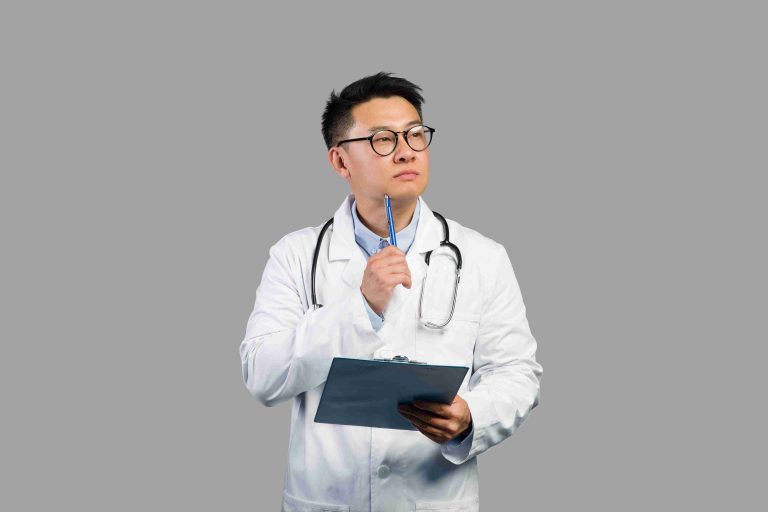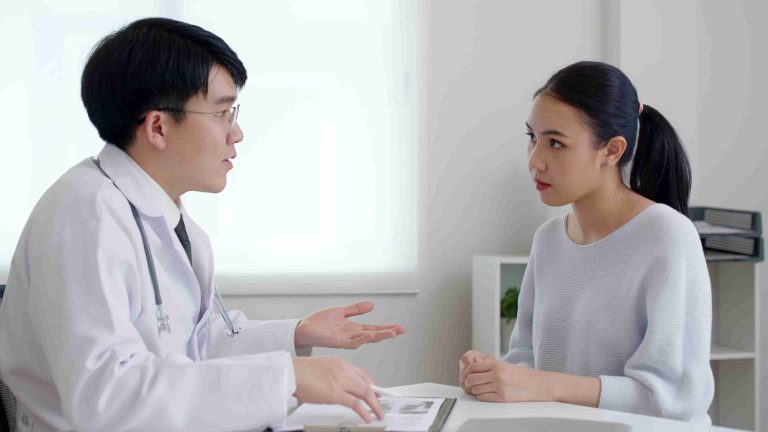Endoscopy is a medical procedure that allows doctors to examine the inside of the body using a thin, flexible tube equipped with a light and camera. This instrument, called an endoscope, helps diagnose and sometimes treat conditions affecting the digestive tract, lungs, and other internal organs.
The procedure is minimally invasive and is commonly used to investigate symptoms like persistent stomach pain, difficulty swallowing, and unexplained weight loss.
The process is generally safe and well-tolerated. Depending on the specific type of endoscopy, sedation or anesthesia may be used to ensure comfort. The images captured by the endoscope allow doctors to identify abnormalities, take tissue samples for biopsies, and even perform minor treatments.
Why is an Endoscopy Performed?
Doctors recommend an endoscopy for various reasons, primarily to diagnose or treat conditions affecting the digestive system. Common indications for the procedure include chronic acid reflux, bleeding in the digestive tract, ulcers, polyps, and inflammatory conditions like Crohn’s disease.
In some cases, endoscopy is also used for preventive screening. For example, a colonoscopy (a type of endoscopy) is performed to detect early signs of colorectal cancer. If a patient has a family history of gastrointestinal diseases or symptoms suggesting an underlying issue, an endoscopy may be advised to rule out serious conditions.
What Are the Different Types of Endoscopy?
There are several types of endoscopic procedures, each designed to examine different parts of the body. The most common ones include:
- Gastroscopy: Examines the esophagus, stomach, and small intestine to diagnose ulcers, infections, or acid reflux.
- Colonoscopy: Inspects the colon and rectum for polyps, tumors, or inflammation.
- Bronchoscopy: Investigates the airways and lungs for blockages, infections, or lung disease.
- Cystoscopy: Examines the bladder and urinary tract for signs of infection, stones, or cancer.
- Capsule Endoscopy: Uses a small, swallowable camera pill to capture images of the small intestine.
Each type serves a specific diagnostic or therapeutic purpose, helping doctors determine the best course of treatment.
How Should I Prepare for an Endoscopy?
Preparation depends on the type of endoscopy being performed. For procedures involving the upper digestive tract, patients are usually required to fast for several hours beforehand to ensure a clear view of the stomach and esophagus. For a colonoscopy, bowel preparation involving a laxative solution is necessary to clear the intestines.
Patients should inform their doctor about any medications they are taking, especially blood thinners, as these may need to be adjusted before the procedure. Wearing loose clothing and arranging for someone to drive home post-procedure is also recommended if sedation is used.
Is an Endoscopy Painful?
Endoscopy is generally not painful. Depending on the procedure, patients may receive local anesthesia, sedation, or general anesthesia to minimize discomfort. Some individuals may experience mild throat irritation after a gastroscopy or slight bloating following a colonoscopy, but these effects typically resolve quickly.
If a biopsy or polyp removal is performed during the procedure, there may be minor discomfort, but most patients do not experience significant pain. Doctors ensure that patients are as comfortable as possible throughout the process.
What Are the Risks and Complications of Endoscopy?
Although endoscopy is considered a safe procedure, there are some potential risks. These include minor complications such as temporary throat soreness, bloating, or mild cramping. More serious complications, though rare, can include:
- Bleeding, especially if a biopsy or polyp removal is performed.
- Perforation (a tear in the gastrointestinal lining), which may require additional treatment.
- Adverse reactions to sedation, such as nausea or dizziness.
Patients are advised to seek medical attention if they experience severe abdominal pain, persistent vomiting, difficulty breathing, or heavy bleeding after the procedure.
How Long Does an Endoscopy Take?
The duration of an endoscopy depends on the type of procedure and whether any additional interventions are performed. In general:
- Gastroscopy takes about 10-20 minutes.
- Colonoscopy typically lasts 30-60 minutes.
- Bronchoscopy and cystoscopy may take 20-45 minutes.
- Capsule endoscopy requires the patient to wear a monitoring device for several hours while the camera pill passes through the digestive tract.
Patients who receive sedation may need additional time for recovery before being discharged.
What Happens After the Procedure?
After an endoscopy, patients are usually monitored for a short period to ensure there are no immediate complications. If sedation was used, it may take a few hours to fully recover, and driving or operating machinery is not recommended on the same day.
Doctors will discuss preliminary findings and, if a biopsy was taken, results will be available within a few days. Most patients can resume normal activities by the following day, although dietary restrictions may be advised if any interventions were performed.
How Often Should Endoscopy Be Done?
The frequency of endoscopy depends on individual health conditions and risk factors. For example:
- A routine colonoscopy is recommended every 10 years for individuals over 50 or sooner for those with a family history of colorectal cancer.
- Patients with Barrett’s esophagus or chronic acid reflux may require more frequent gastroscopies.
- Those with conditions like Crohn’s disease may need periodic endoscopic evaluations.
Your doctor will determine the appropriate schedule based on medical history and symptoms.
Can Endoscopy Detect Cancer?
Yes, endoscopy is a valuable tool in detecting early signs of cancer. It allows doctors to visually inspect abnormalities, take biopsies, and confirm the presence of cancerous cells. Colonoscopy is particularly effective in identifying and removing precancerous polyps before they develop into colorectal cancer.
Other types of endoscopy, such as bronchoscopy and gastroscopy, can help detect lung or stomach cancer at an early stage. Regular screenings and prompt evaluation of symptoms increase the chances of early detection and successful treatment.
Conclusion
Endoscopy is a widely used and effective procedure for diagnosing and treating various medical conditions. It provides a minimally invasive way to examine the digestive system, lungs, and urinary tract, ensuring timely intervention when needed. If you have concerns about undergoing an endoscopy, discussing your symptoms and medical history with your doctor can help determine if the procedure is right for you. Understanding the process, potential risks, and benefits empowers patients to make informed healthcare decisions.







